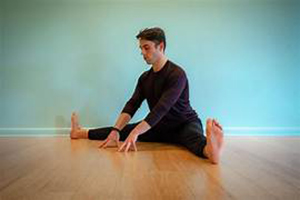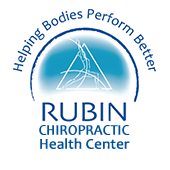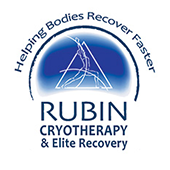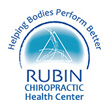 Stretching is an excellent way to increase and maintain flexibility in the muscles. By boosting blood flow to the muscles, stretching can facilitate recovery and reduce soreness. However, to reap the full benefits of a stretching routine, it’s essential to stretch properly. There are different types of stretching, with each type varying in the benefits that it provides.
Stretching is an excellent way to increase and maintain flexibility in the muscles. By boosting blood flow to the muscles, stretching can facilitate recovery and reduce soreness. However, to reap the full benefits of a stretching routine, it’s essential to stretch properly. There are different types of stretching, with each type varying in the benefits that it provides.
Active isolated stretching is a method that surpasses passive stretching for flexibility and pain relief. But how exactly does active isolated stretching differ from passive stretching? Let’s find out.
What Is Passive Stretching?
During passive stretching, you relax completely into a stretch using your body weight, gravity, a band, another person, or some other type of assistance. Since the muscle that you’re stretching is completely relaxed, you need the outside force to keep you in the stretch.
The risk in passive stretching is that the outside force could overpower your range of motion and over-stretch your muscle. This can lead to injury and ultimately counteract the benefits of stretching.
Active Isolated Stretching for Long-Lasting Results
Active isolated stretching is a method designed to achieve a deep stretch in the muscles and ligaments. It focuses on specific muscle groups to both strengthen and release the muscles. Active isolated stretching is particularly beneficial for patients recovering from injuries, receiving treatment for chronic conditions, and partaking in intense athletic or fitness training.
During active isolated stretching, the chosen muscle group is isolated with a band. This allows the rest of the body to fully relax during the stretch. Each stretch is only held for a few seconds, and you’ll perform multiple repetitions of the same stretch. With each repetition, you’ll be able to go deeper into the stretch and eventually reach your maximum extension.
Active isolated stretching is different from passive stretching because:
- The muscles that aren’t being stretched are fully relaxed.
- You won’t strain to reach a deeper stretch. Instead, you’ll gradually relax into the stretch after each repetition.
- By relaxing the body as you stretch, you’ll greatly improve the flow of blood and oxygen to the targeted muscle group.
We offer 30-minute active isolated stretching sessions to help patients achieve pain relief and greater mobility. Contact us today to learn more.


